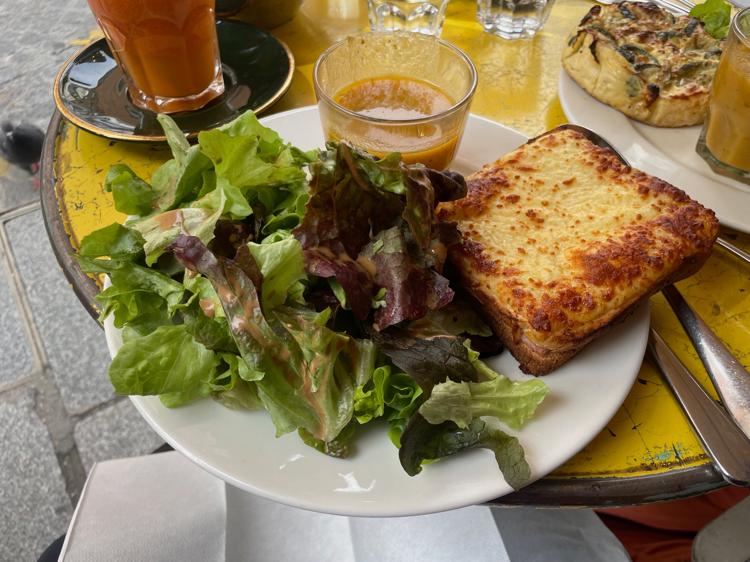Preserving pixels in Paris
Last month, I was in Paris for the IIPC Web Archiving Conference, a two-day event to discuss the preservation of websites and social media. It was my first time attending, and I was there with both a professional and a personal interest. This post has some thoughts and photos from the trip.
I met a lot of smart people, and we had some thoughtful conversations about the challenges of web archiving. Most of my experience is limited to small scale projects – single sites or personal archives – and it was good to hear more about how large organisations are trying to preserve this ever-growing chunk of our digital heritage. I tend to save specific, targeted chunks of the web, whereas larger archives try to capture as much as they can.
Big tech was a running theme. An increasing chunk of the web is consolidating onto large, commercially-owned social media platforms. A few years ago, those companies would have freely-available APIs for downloading content en masse, but no more – they’re all locked down now, and several speakers talked about how their ability to archive social media has been severely curtailed.
AI was also a hot topic, another product of big tech. As web archives grow and grow and grow, you need a way to search their contents and find the useful stuff. Multiple people showed off experiments using AI to make these large archives more tractable, like using AI to add more metadata to catalogue records, or creating automated summaries of archived TV footage.
A lot of the focus was on saving web content and creating large web archives, but less on what we’ll actually do with these archives. Who’s using web archives? What do they need? What research do these web archives enable? These feel like important questions to answer, if we want to create useful resources. I’d love to see more of a focus on that at future events.
With those reflections done, here are a few photos. Paris is a very photogenic city.
The conference took place at the Bibliothèque nationale de France, which is split across two sites. The drinks reception was at the Richelieu site, the home of the library for nearly 300 years. It includes a museum, which we got to look around before the reception:


The reception itself took place in the Richelieu’s salle Oval, a grand reading space that blends a historical design with modern library conveniences. When you think of big and impressive libraries, this is the sort of room you think of:
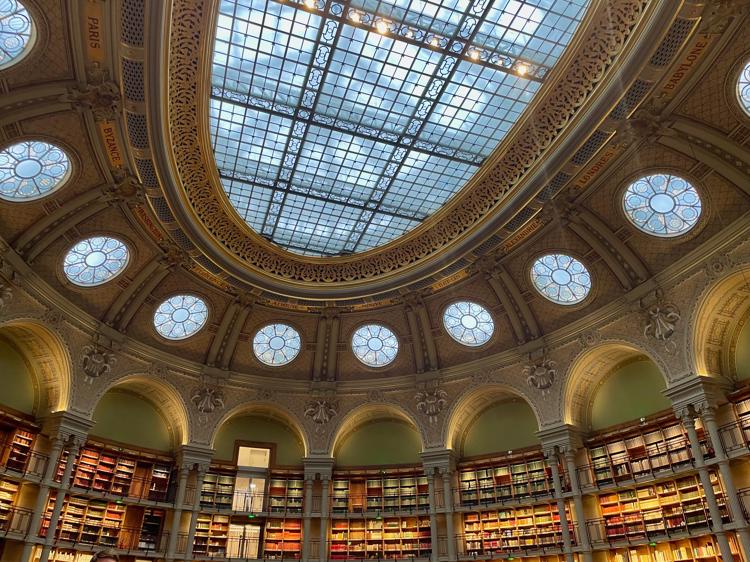

One of the nice things about going to a conference in France is that their clocks are only an hour ahead of the UK – close enough that I can sleep on my normal schedule, and get some extra time in the morning. Before the first day of talks started properly, I went for a bit of a wander.
I stumbled upon a lovely little park near the hotel:
The talks themselves took place at the François-Mitterrand site, which was built in the 1990s. It’s a rather charming set of buildings, framed by four right-angled shaped towers at each corner of the site. The base of the towers are joined by a rectangular building, and the middle of the rectangle is filled with a dense wooded area.


You had to cross an interior bridge to get from the main library area to the auditorium where the talks took place, and the space in between felt reminiscent of The Backrooms. I was simultaneously fascinated and vaguely creeped out, and I’m not sure whether to be glad or disappointed that I never found out how to get down to the area below.
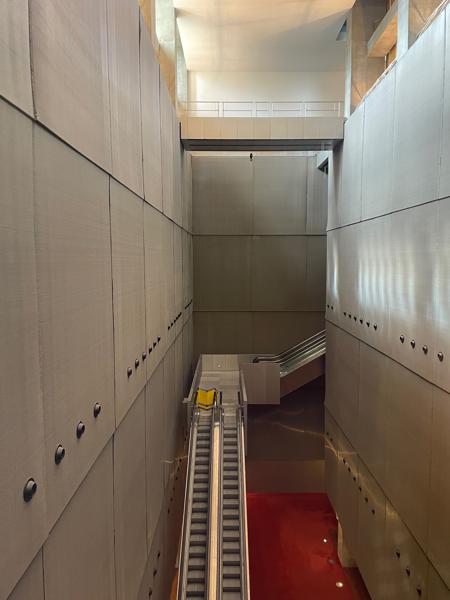
On one of the days we left the building for lunch, and stumbled across a window display full of old cameras and video tapes. It felt strangely appropriate, given the topic of the conference:
On my final evening, I went for a dusk walk around Paris. I enjoy walking around new cities as a way to get a feel of the place, and you see a very different city at twilight than at midday.
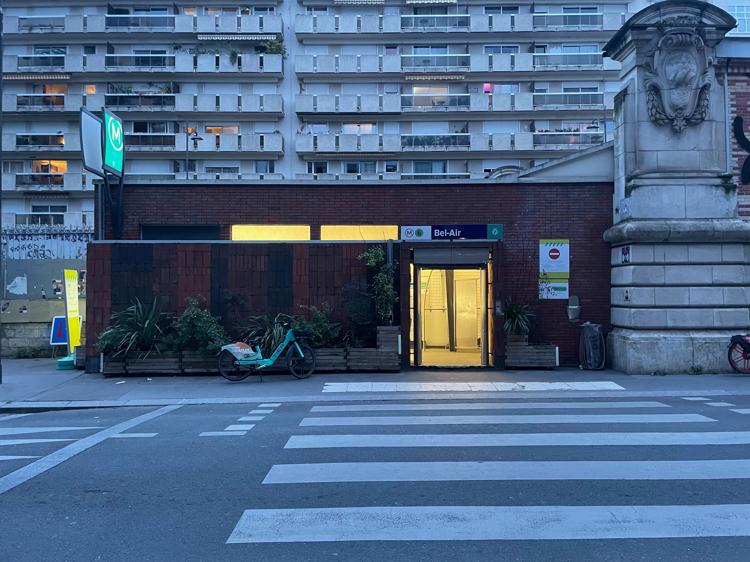
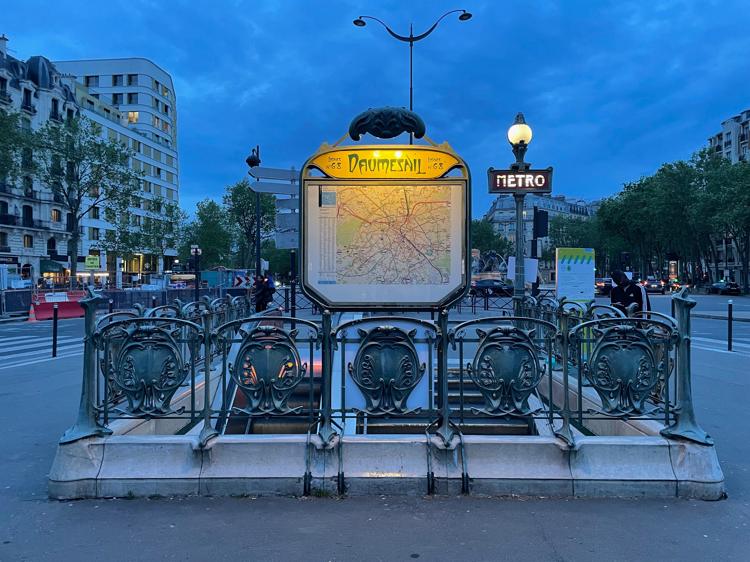
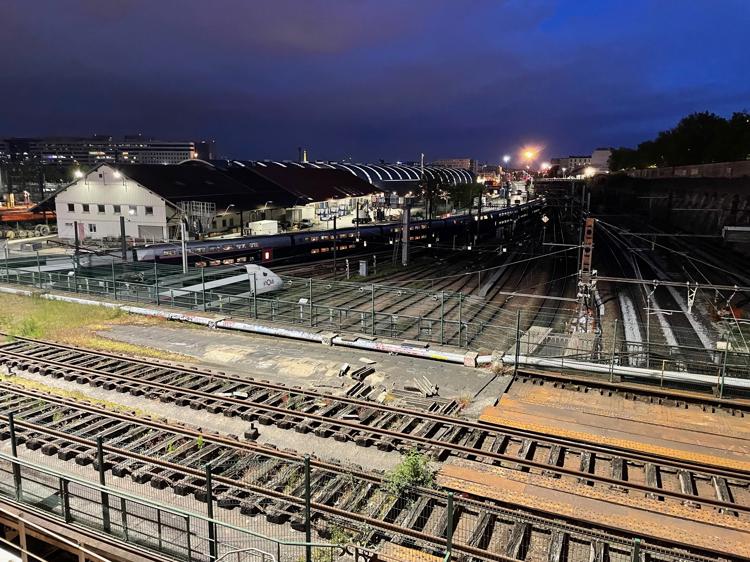
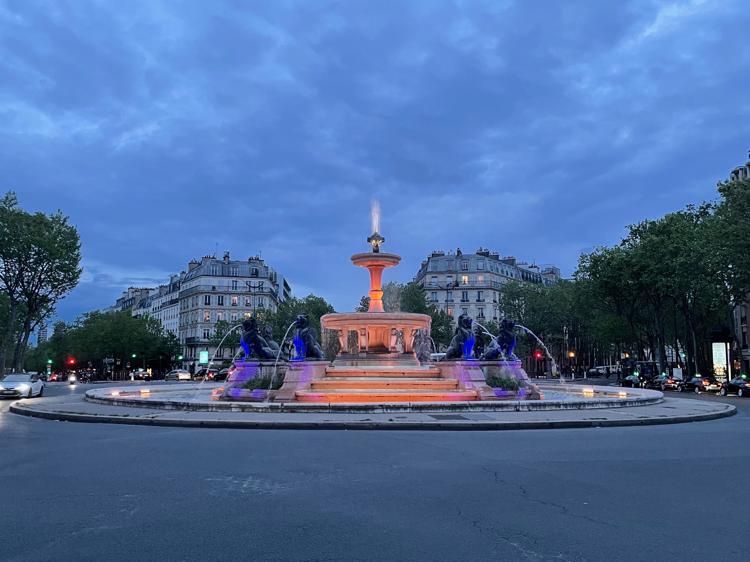

And finally, it wouldn’t be a collection of photos from Paris without at least a passing mention of food. I’m not much of a foodie, but I did enjoy what I ate on this trip. This is the delicious croque monsieur I had for my final lunch:
I was only there for about four days – long enough for the conference and a day or so of leisure, short enough that I only needed a small bag. It was a good length of trip, a refreshing break, and travel was easy thanks to the Eurostar.
Every time I visit Paris I’m reminded of how convenient it is to get to from London, and I think I should visit more often. (And all of continental Europe; there are good onward trains from Paris.)
I hope I can visit Paris again soon.


